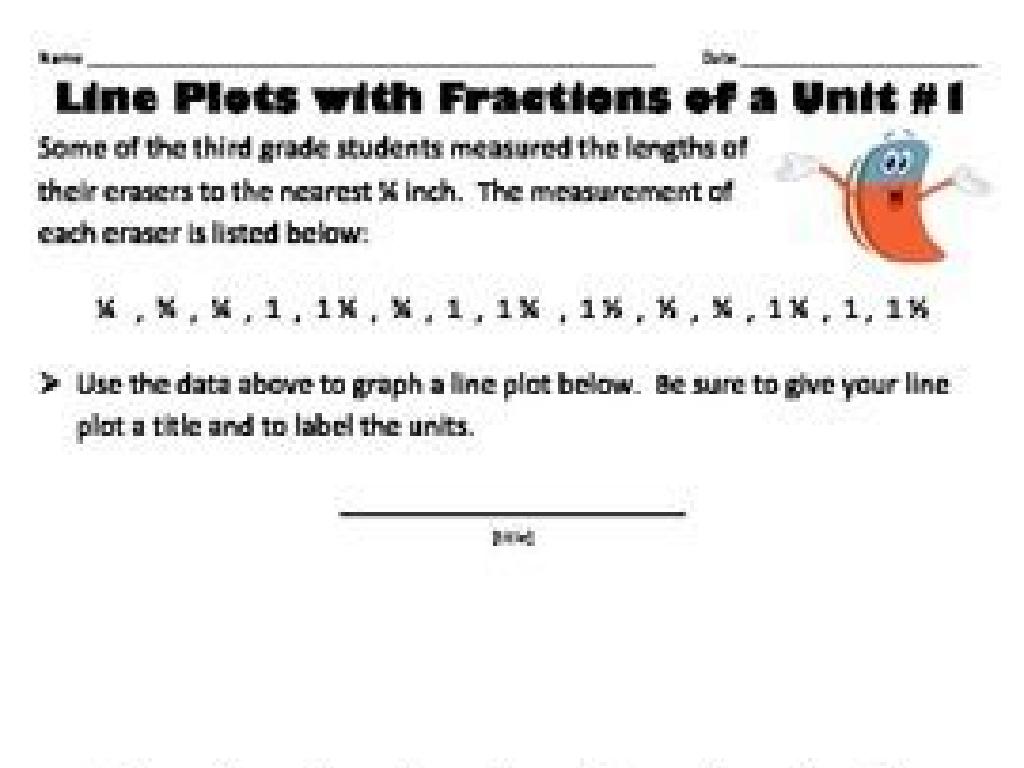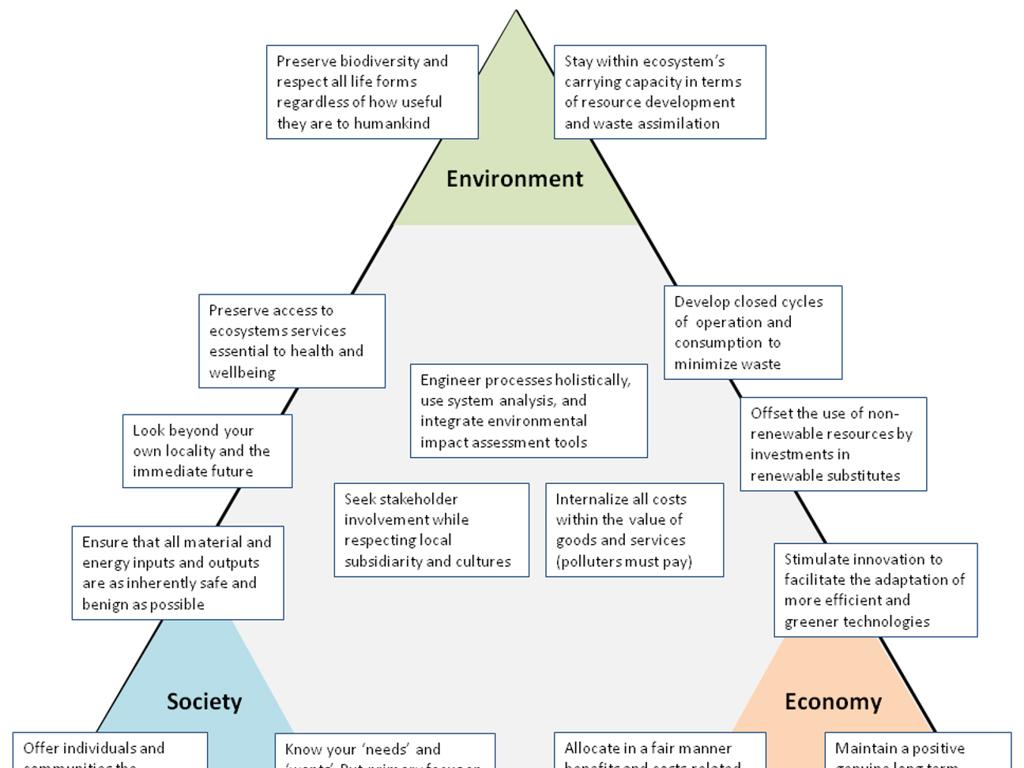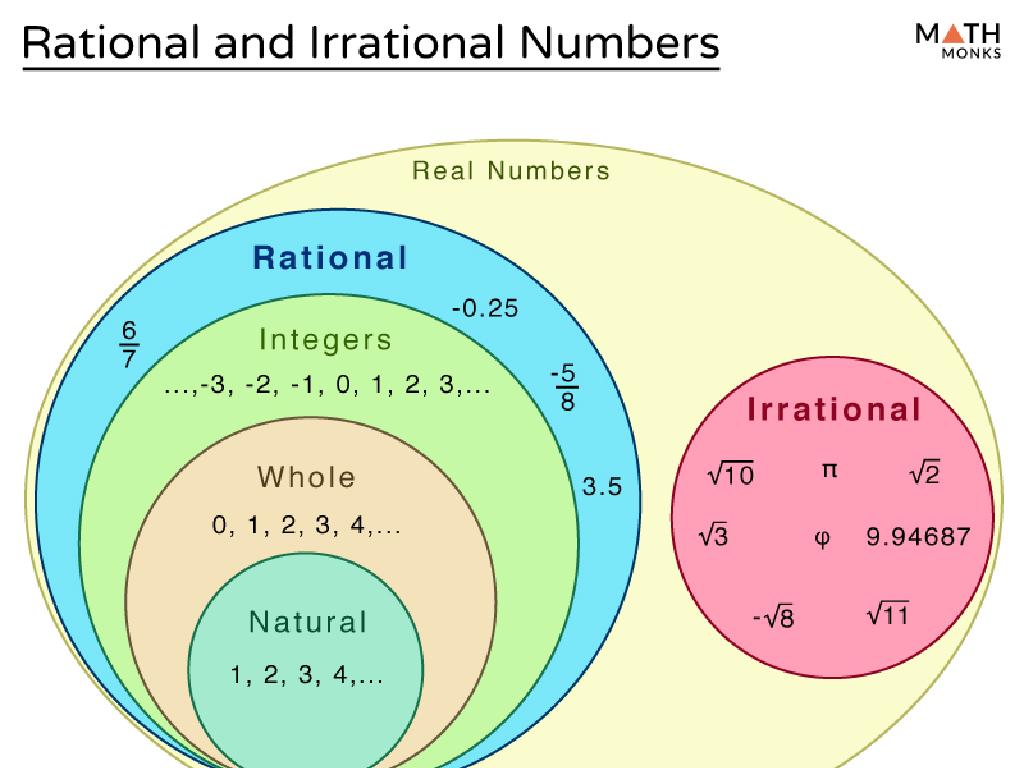Identify Adverbs
Subject: Language arts
Grade: Eighth grade
Topic: Adjectives And Adverbs
Please LOG IN to download the presentation. Access is available to registered users only.
View More Content
Exploring Adverbs in Language Arts
– Welcome to today’s Language Arts class
– Focus: How to identify adverbs
– Adverbs describe verbs, adjectives, or other adverbs
– Understanding adverbs in sentences
– They answer how, when, where, and to what extent
– The role adverbs play in expression
– Adverbs add detail and allow for more precise descriptions
|
Today’s lesson introduces students to adverbs, an essential part of speech that provides additional information about actions, adjectives, or other adverbs. Begin by explaining that adverbs can modify verbs, adjectives, and even other adverbs, often answering questions like how, when, where, and to what extent. Use examples to illustrate how adverbs function within a sentence to add detail and nuance, enhancing the reader’s understanding of the action or description. Encourage students to think of adverbs as the ‘spices’ of language that can change the ‘flavor’ of a sentence. Provide exercises where students identify adverbs in sentences and discuss the additional information each adverb provides.
Understanding Adverbs
– Define an adverb
– A word that modifies verbs, adjectives, or other adverbs
– Adverbs and the ‘-ly’ ending
– Many adverbs end in ‘-ly’: quickly, softly, warmly
– Adverbs in sentences
– ‘He ran quickly.’ Quick is the adjective, quickly is the adverb
– Exceptions to the ‘-ly’ rule
– Words like ‘very’ and ‘quite’ are adverbs without ‘-ly’
|
This slide introduces the concept of adverbs to the students, explaining their role in a sentence as modifiers of verbs, adjectives, or other adverbs. Highlight the common ‘-ly’ suffix but also emphasize that not all adverbs end this way. Provide clear examples to illustrate how adverbs function within sentences. Encourage students to think of additional examples, especially adverbs that don’t follow the ‘-ly’ pattern, to reinforce the concept that adverbs can take many forms.
Exploring Types of Adverbs
– Adverbs of Manner: describe how
– e.g., ‘He ran quickly’ (quickly tells how)
– Adverbs of Place: describe where
– e.g., ‘She looked everywhere’ (everywhere tells where)
– Adverbs of Time: describe when
– e.g., ‘They left yesterday’ (yesterday tells when)
– Adverbs of Degree: describe extent
– e.g., ‘He almost finished’ (almost tells extent)
– Adverbs of Frequency: describe frequency
– e.g., ‘She always arrives early’ (always tells frequency)
|
This slide introduces students to the different types of adverbs and their functions in a sentence. Adverbs of Manner answer the question ‘How is the action performed?’ and often end in ‘-ly’. Adverbs of Place tell us ‘Where?’ and can indicate direction or location. Adverbs of Time provide information about ‘When?’ an action occurs, which can be past, present, or future. Adverbs of Degree express ‘To what extent?’ an action is performed and can modify adjectives or other adverbs. Lastly, Adverbs of Frequency answer ‘How often?’ something happens. Encourage students to come up with their own sentences using different types of adverbs to reinforce their understanding.
Adverbs vs. Adjectives
– Adjectives describe nouns
– Adverbs describe verbs
– Changing adjectives to adverbs
– Often by adding ‘-ly’ to adjectives, e.g., ‘quick’ to ‘quickly’
– Importance of distinction
– Clear communication, prevents misunderstandings
|
This slide aims to clarify the difference between adjectives and adverbs, which is a common area of confusion for students. Adjectives are used to describe nouns and pronouns, giving more information about an object, person, or place. Adverbs, on the other hand, modify verbs, adjectives, or other adverbs, often telling how, when, where, why, or to what extent something happens. Converting adjectives to adverbs can typically be done by adding ‘-ly’ (quick to quickly). Understanding the distinction is crucial for students as it aids in crafting more precise and clear sentences, which is essential for effective communication. Encourage students to practice by identifying adjectives and adverbs in sentences and converting between them where possible.
Identifying Adverbs in Sentences
– Find the modified word
– Look for verbs, adjectives, or adverbs that are being changed by the adverb.
– Review sentence examples
– ‘Quietly, she waited’ – ‘quietly’ modifies ‘waited’.
– Group practice on identification
– We’ll work as a class to spot adverbs in sample sentences.
– Understand adverb usage
– Grasp how adverbs enhance writing by providing more detail.
|
This slide is aimed at helping students identify adverbs within the context of a sentence. Start by explaining that adverbs modify verbs, adjectives, or other adverbs, often answering questions like ‘how?’, ‘when?’, ‘where?’, and ‘to what extent?’. Provide clear examples where adverbs are used and how they change the meaning of the words they modify. Engage the class in a collaborative activity where they identify adverbs in provided sentences. This will not only reinforce the concept but also demonstrate the importance of adverbs in adding detail and depth to writing. Encourage students to discuss the effect of the adverb on the sentence and how it changes their understanding of the action or description.
Activity: Adverb Hunt
– Divide into small groups
– Receive a paragraph with hidden adverbs
– Identify and list all adverbs found
– Look for words that modify verbs, adjectives, or other adverbs
– Discuss the use and effect of each adverb
– Consider how adverbs change the meaning or add detail
|
This class activity is designed to help students practice identifying adverbs within the context of a paragraph. By working in small groups, students can collaborate and discuss their findings, which reinforces their understanding of how adverbs function to modify verbs, adjectives, or other adverbs. The paragraphs provided should contain a variety of adverbs that illustrate different ways adverbs can be used (e.g., to express time, manner, degree, frequency). After identifying the adverbs, each group will discuss why the adverb is used and its effect on the sentence, enhancing their analytical skills. For the teacher: Prepare paragraphs with a good mix of adverbs, ensure each group has a different paragraph to maintain engagement, and consider having a wrap-up discussion to compare the findings of each group.
Wrapping Up: The Role of Adverbs
– Recap on adverbs from today’s lesson
– Adverbs enhance writing quality
– They add depth to verbs, adjectives, and other adverbs
– Homework: Craft sentences with adverbs
– Use 10 different adverbs in creative sentences
– Share your sentences next class
– Be prepared to discuss the effect of the adverbs used
|
As we conclude today’s lesson, remind students of the key points about adverbs. Emphasize how adverbs can modify verbs, adjectives, and even other adverbs, adding richness to our language. For homework, students should write ten original sentences, each incorporating a different adverb. Encourage creativity and the use of a variety of adverbs. In the next class, ask students to share some of their sentences and discuss how the adverbs change the meaning or add to the detail of the sentences. This exercise will help reinforce their understanding of adverbs and their usage in writing.






